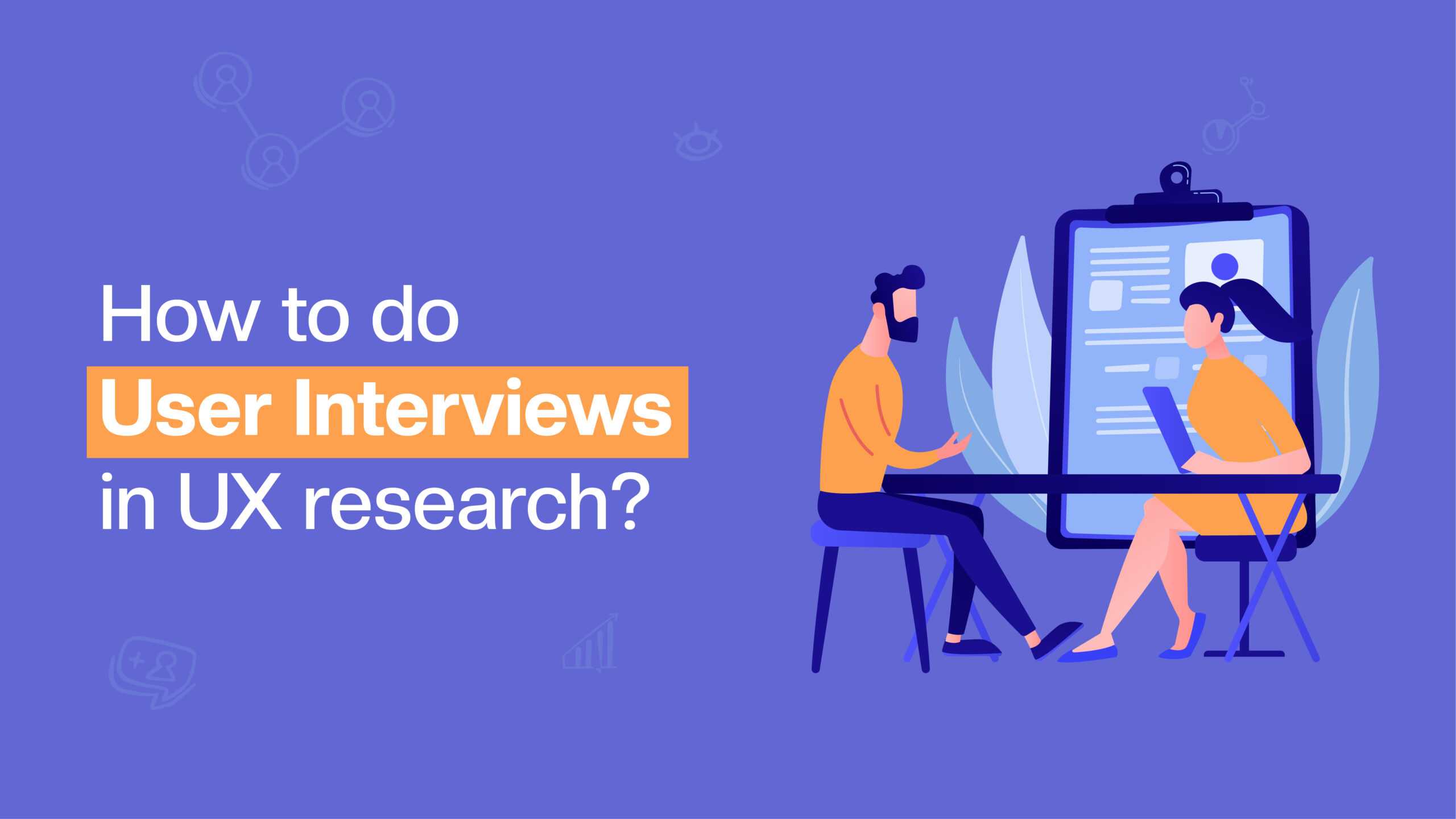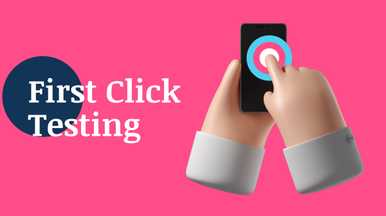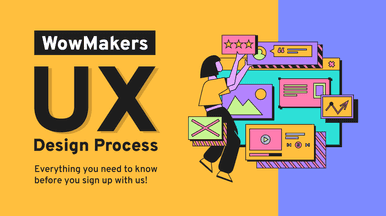What is a user interview?
In terms of UX research, user interviews are the quickest, simplest, and most effective means of collecting data to examine our consumers’ perceptions of the product, how it made them feel after using it, or if they ran into any issues. User interviews are conducted as one-on-one sessions in a lean and agile environment.
User interviews are similar to journalistic interviews and have much in common with the critical incident technique, which John Flanagan proposed in 1954.
The critical incident approach is a qualitative method that looks at the most important things that happened to users when they used the product. This is done to determine the most critical needs of the users, process, or system.
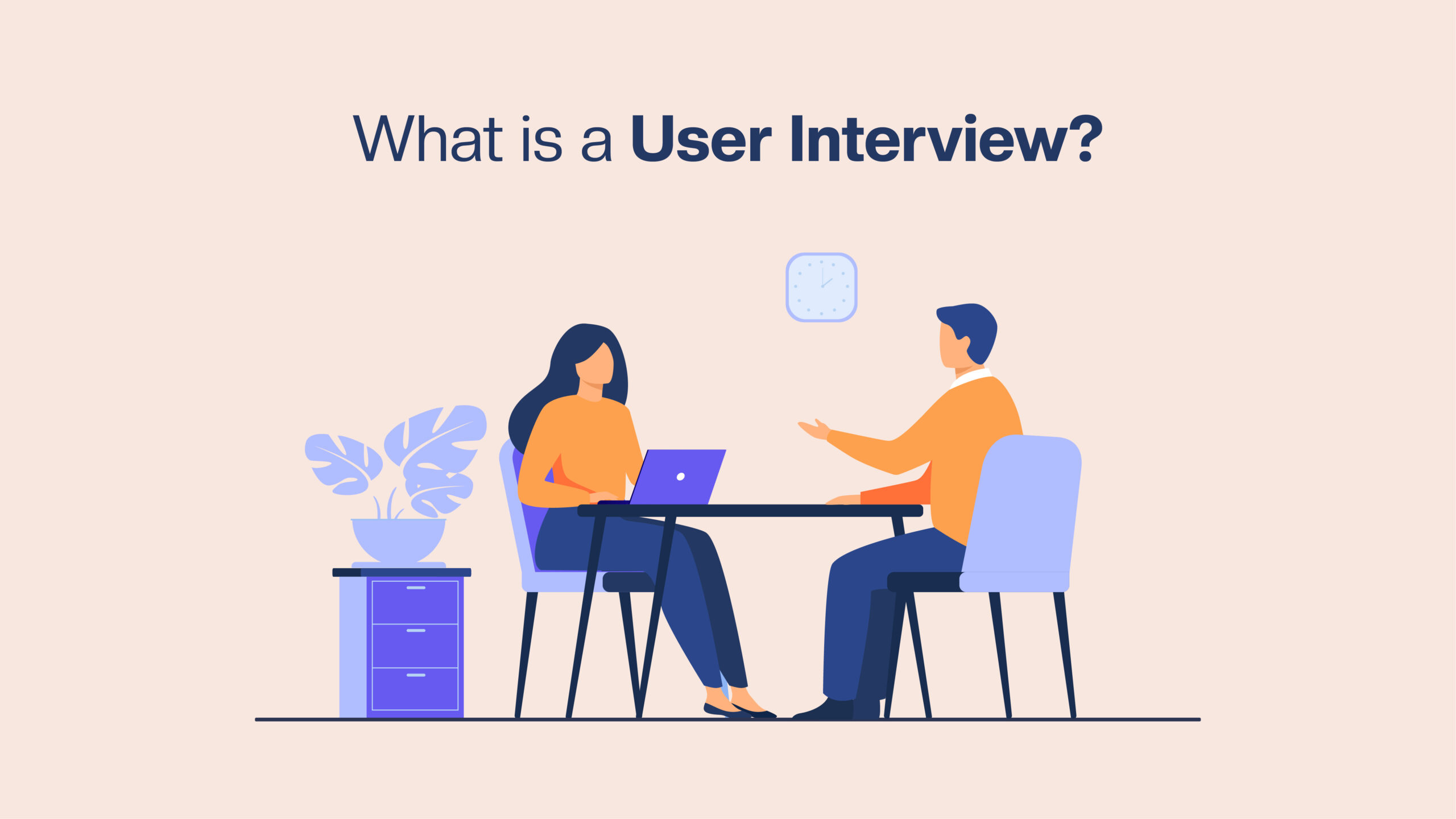
An ideal user interview consists of two UX researchers and one user. Among the two researchers, one asks questions while the other takes notes. In the absence of a second researcher, audio or video recording is used.
Topics that are generally covered during a user interview include:
- Ethnographic data of the user
- The use of the product
- The use of technology
- Objectives and motivations of the user
- Pain points of the user
Usability tests and user interviews are not the same things!
Usability tests are conducted to evaluate users’ experiences with the system, ideally before its release, and to discover any faults that hinder users’ from completing activities, slow them down, or otherwise interfere with the user experience.
Unlike user interviews, usability testing focuses more on how well the system works than on the user’s previous experiences.
Types of User Interviews
There are three main types of user interviews: generative, contextual, and continuous.
-
Generative Interviews
Generative interviews are utilized early in the UX design strategy. They are structured conversations that reveal undiscovered opportunities and ideas.
-
Contextual Interviews
Contextual interviews, also called contextual inquiries, are semi-structured interviews that give information about the situation in which a product is used.
-
Continuous Interviews
Continuous interviews are routinely conducted. The purpose of these interviews is to maintain customer relationships.
Why are user interviews used in UX research?
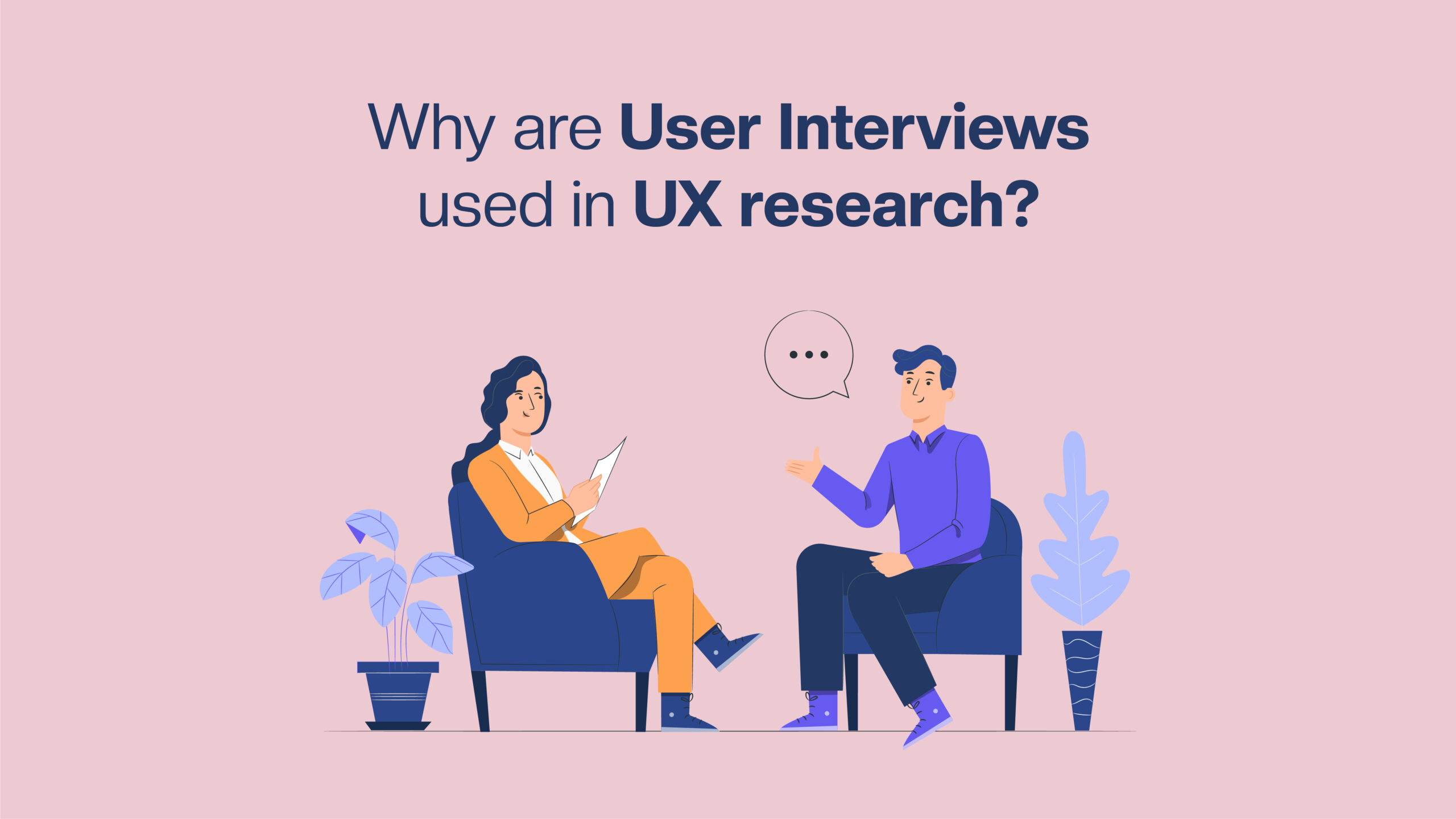
Conducting user interviews helps us understand what a user thinks of an app, a process, or a website. User interviews can tell us what a user finds convenient and challenging about a product or service. Since these interviews are one-on-one sessions, individual concerns and frustrations can be analyzed easily.
A user interview can be done in the following situations:
- Before designing: For understanding the user personas, i.e., a fictional character whose objectives and characteristics best represent the needs of the larger group; user journey maps; and workflow ideas.
- Based on a context (contextual interviews): Observing the user while they use a product.
- At the end of a usability test: To collect verbal responses following the observed behaviors.
Drawbacks of conducting a user interview
- Even a contextual interview can be misleading as people tend to say one thing and then act differently.
- As interviewers ask people to answer questions based on their past experiences with a particular product or service, people usually make up stories because of the memory issues that come in between.
- Interviews cannot predict future behavior, mainly purchase intent and price expectations. The answers to these interview questions will show current patterns, which can be helpful but aren’t always accurate.
- Users are not designers who could help us create our ideal product, and hence interviewers should stick to a concrete examination of the user.
- Sometimes, people can be private and won’t be ready to give honest answers to specific questions.
What is the best time to conduct interviews in user research?
User interviews are helpful during any phase of the product development process, they are accommodating during the following three stages:
- During the beginning phase: To know about the wants and needs of the potential users.
- During the early phases: Conducting interviews with an earlier model will help get valuable feedback from the users.
- When redesigning and relaunching current products and services after gaining market experience, it is advised to conduct user interviews.
- After shipping: Contextual interviews could be conducted during this stage to know about the user’s interaction with the product.
Where to conduct the interviews? (The Interview Location)
Meeting places for the user research interviews might be anywhere, including the user’s home, the agency’s office, or even online. It is critical to notify participants of the location for user research interviews via phone or email.
When deciding on a site, keep the following in mind:
- Choose a convenient and comfortable location for the users.
- Consider the convenience of the team if a group is involved.
- Set the right context for the interview with the necessary examples and tools.
- Avoid biased locations that could affect the answers of the user.
How to conduct user interviews? Detailed step-by-step process
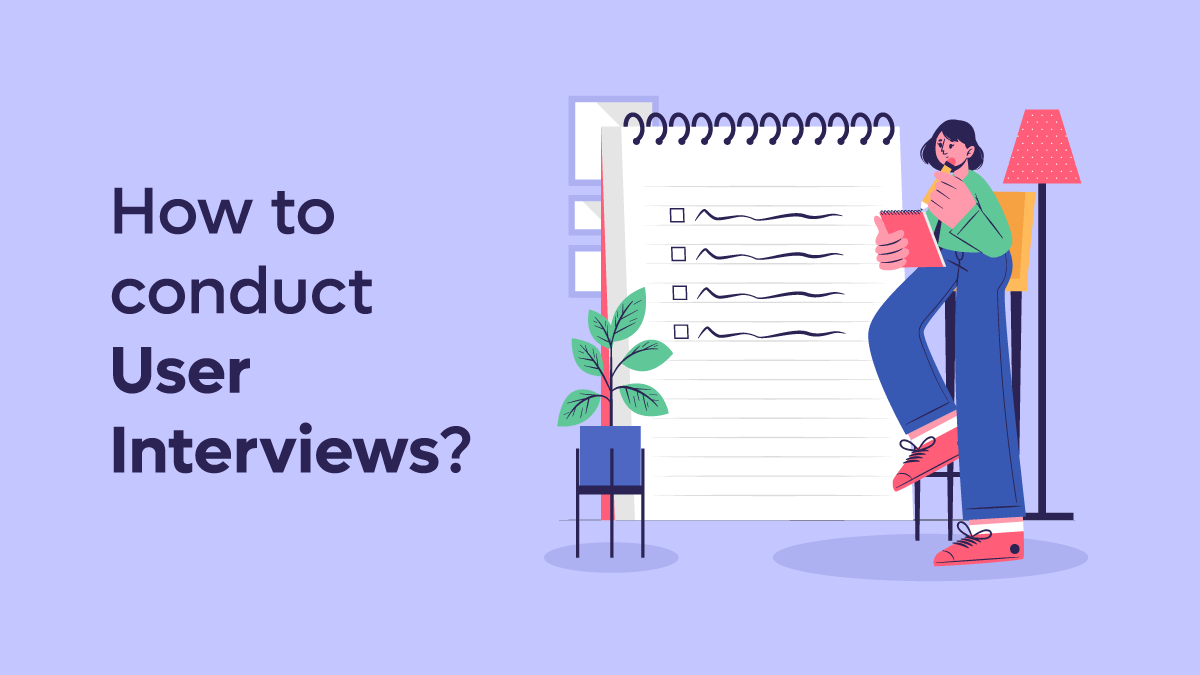
Setting up a goal
Before doing interviews, it’s essential to make sure we know what we want to get out of the UX user research after we’ve talked with stakeholders. Instead of focusing on a wide range of goals, narrow them down to one that can be reached through UX research.
A clear-cut goal, driven in a particular direction, can make the interview successful. Listed here are the checklists you need to take care of.
Before the interview
- Make sure that the interview is the proper method for the research context.
- Recruit the participants that match the user personas.
- During an interview session, you should always follow a guide, which could have both general and product-specific questions.
- Create a comfortable environment for the interview.
- Seek the support of another person during the interview with whom you could share the responsibilities and conclude valuable insights.
- If you know that the users are not fluent in your language, consider offering them a translator. Or get someone with a firmer grasp of users’ languages to conduct the interview.
During the interview
- Positive attitudes are contagious, so wear a smile before taking any interview.
- Rather than sticking to a preplanned structure, be flexible and open to discussions so that people would feel comfortable.
- Always seek permission from the interviewee before audio or video recording.
- Start with easy questions as a warm-up process, and don’t forget to ask follow-up questions.
Tip: Following the “Five-Whys” technique by literally asking “why” questions five times in a continuous manner helps in getting a better understanding of the interviewee’s perceptions.
- Use the critical-incident method to get accurate information from the interviewee regarding a past incident. Unlike usual incidents, people tend to remember the details of a critical incident better.
- Don’t hesitate to ask the interviewees to elaborate on their responses for better clarity.
- At the end of the interview, provide the interviewee a chance to ask questions back, give them closure and thank them for their time.
After the interview
- Reflect on yourself and come up with points of improvement that could be imparted in your next interview.
- Organize and structure the bulky data that you gathered from the interviewee.
- Try combining the results with other methods, like usability testing and user surveys, before drawing up a conclusion.
Setting up an Interview Guide
The interview guide is a discussion guide that is prepared before the interview. It lists all the essential and relevant topics you want to discuss during the consultation.
Having a list of prepared questions keeps the session going and ensures you receive the answers you seek. In addition, it provides a solid structure for gathering and organizing findings.
A good interview guide would include user discovery questions, research questions, and follow-up and random questions that facilitate gathering reliable user interview data.
Tips for writing interview questions
-
Avoid asking leading questions.
Leading questions guide participants toward a desired response, which reduces the reliability of the data. They can be helpful when you’re trying to convince someone, but you should avoid them when you’re trying to learn more about your target users and get new ideas.
For example: “How satisfied are you with our UI?”
In this case, we assume that the customer liked using the interface and only asked how satisfied they were.
-
Include user discovery questions
They are interview questions that reveal interviewees’ perspectives on a specific product, topic, or process. It gives them space to answer and provides the interviewer with a chance to talk about other things that the interviewee brings up.
-
Ask open-ended questions instead of closed ones.
Closed-ended questions are yes-or-no questions that don’t leave much room for interviewees’ goals and pain points. In contrast, open-ended questions require a response of more than one word. It gives them a chance to speak freely.
When creating your questionnaire, try to limit yourself to “how,” “why,” “what,” “when,” and “where” questions.
-
Avoid double-barreled questions
Double-barreled questions are those where the interviewer asks multiple questions at once. It is advised to avoid these types of questions as they are 1) overwhelming to the participants and 2) they answer just one or all of them, which in the end, doesn’t provide much clarity to the interviewer.
-
Create a list of follow-up interview questions
Asking follow-up questions allows you to learn more and maybe even steer the conversation in a new direction.
Tips on improving your user interviews
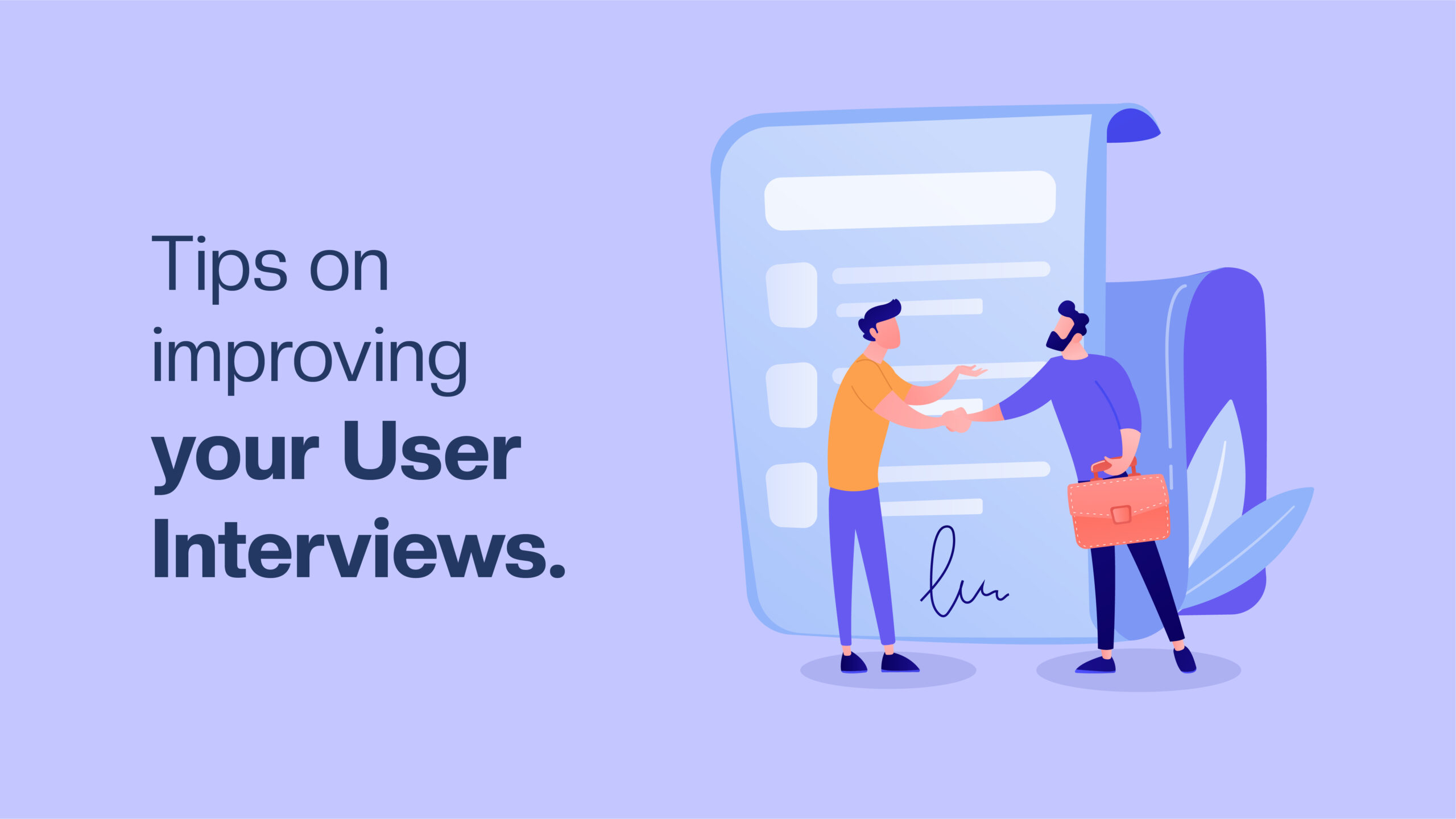
Here are a few tips on effectively conducting user interviews for research.
- The field guide only serves as a guide for user interview questions. You’re responsible for directing the interview effectively.
- Observe whether or not you have received a response to your question. Be prepared to ask many times with varied types of follow-up questions.
- Don’t go into lecture mode. Be a listener rather than a teller.
- Look for a tipping point where they transition from short answers to stories.
- While interviewing is more than simply asking questions, Use images to spark a more in-depth discussion.
- The conclusion of an interview session can be a gentle procedure. Your complex cues may not mean they will stop talking, so keep your recording devices on.
- Thank them and give them the incentive. The appropriate incentive amount is determined by where the research is being conducted and what the participant is asked to do.
Analyzing the User Interview Data
Working with research data is a combination of analysis, breaking larger pieces into smaller ones, or combining multiple pieces into something new.
From your experience conducting interviews, compile your early observations into a summary report. Determine which discoveries may be challenging to accept and which ones are exciting. Use this information to guide your in-depth analysis. Review interviews and highlight insights, patterns, and quotes.
How do you prepare an interview report?
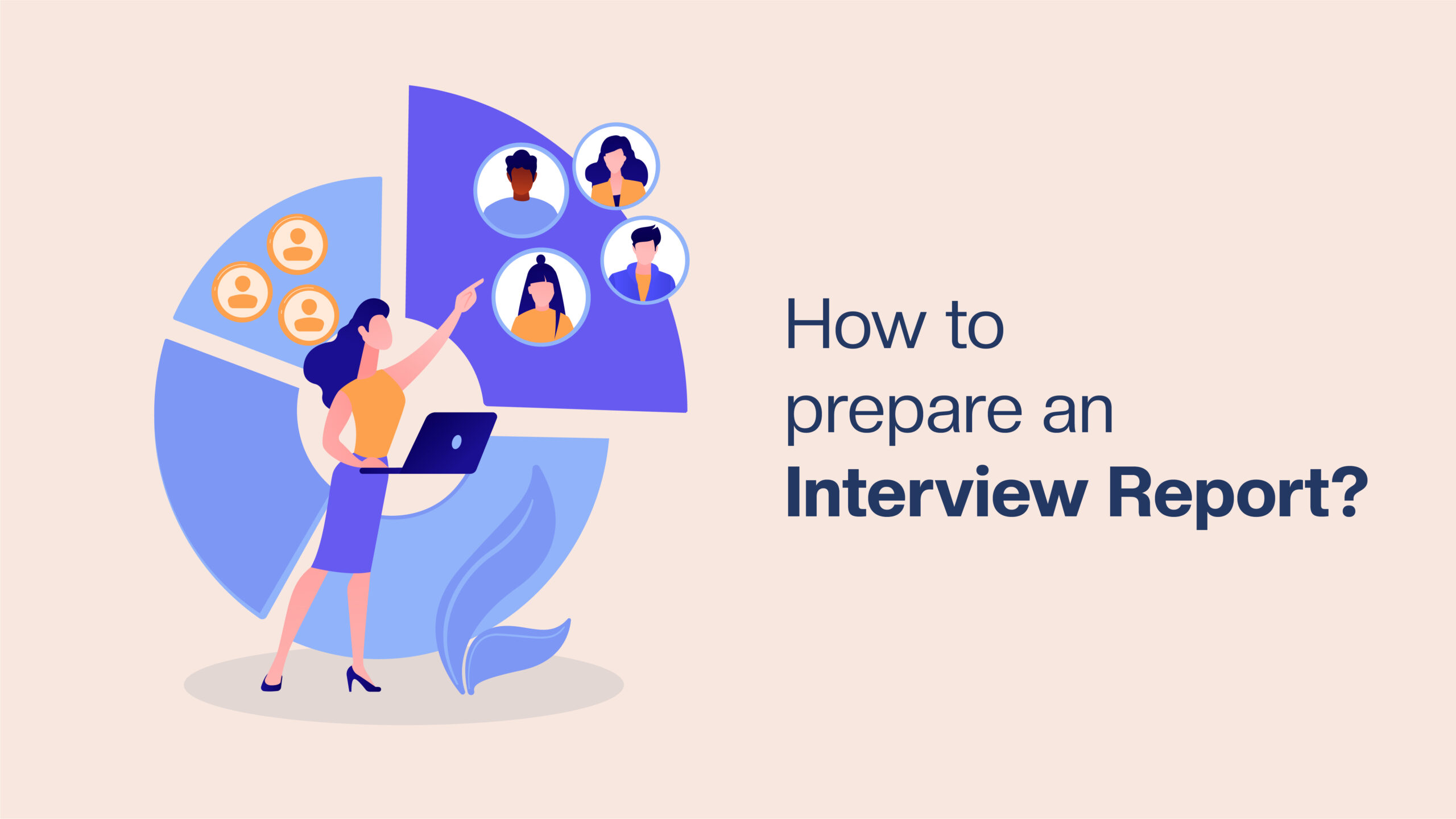
Now that the user interview is complete, it is time to report on the qualitative data gathered. Summing up the bulky data of the interview can be a challenging process. For better understanding, qualitative data could be presented using word clouds and mind maps. With the written reports, focus on the critical data while shifting the rest to the appendices.
- Familiarize yourself with the gathered information and articles.
- Generate basic codes
- Find similar trends and themes.
- Analyze the trends and patterns
- Define and name pattern sets
Do’s and don’ts while conducting an interview
What to do?
- Before the interview, interact with the interviewee through audio or video call.
- Begin by explaining the purpose of the interview.
- Start with easy-to-answer questions.
- Be authentic and show empathy toward the interviewee’s concerns.
- Discuss the questions with your team before the interview.
- Anticipate the responses and construct follow-up questions accordingly.
- Use dialogue-provoking questions.
What not to do?
- Do not interrupt the interviewee in between conversations.
- Do not rush the interview; slow down the process.
- Avoid leading and closed questions.
- Avoid using personal questions during the interview.
- Do not exceed the interview over an hour.
Best practices to follow
- Choose a skilled interviewer: An experienced interviewer could make the overall process easy by making the interviewee comfortable, asking the right questions, and being a great listener.
- Create a discussion guide: A well-formulated discussion guide that includes all the questions and follow-up questions aids the interview.
- Take consent: It is always better to seek the interviewee’s permission before audio or video recording. An additional interviewer who could take notes makes the process easier.
Analyzing the results
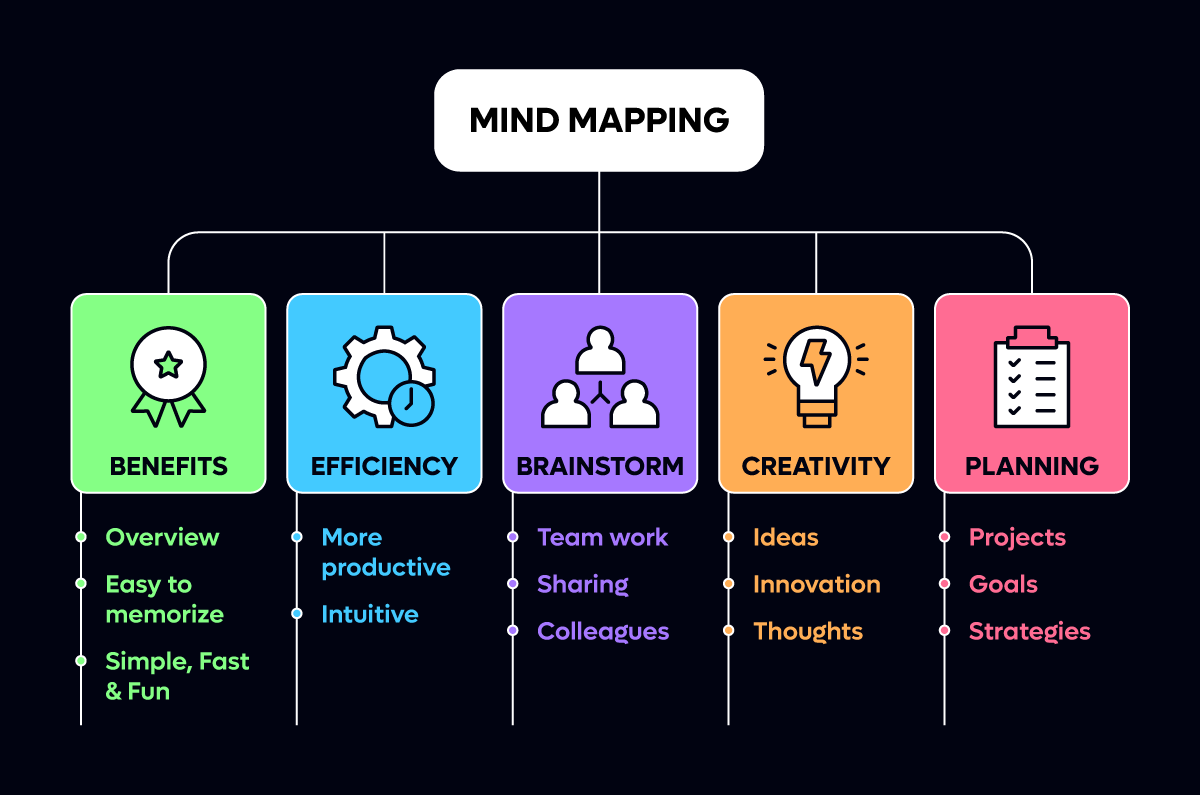
Reporting the results
Summing up the bulky data of the interview can be a challenging process since it involves qualitative data instead of quantitative. For better understanding, qualitative data could be presented using word clouds and mind maps. With the written reports, focus on the critical data while shifting the rest to the appendices.
Query effect
The query effect is something the interviewer should be aware of while interviewing people. Users will be willing to make opinions on anything when asked to. This can be dangerous while designing significant changes, as users might make opinions on things that matter to them the least.
For example, when asked about the users’ opinion on colors, they might make comments that are less important to them. On the other hand, if you observe them while they use the product, you could get valuable feedback. (A comment like, “the powder blue is so calming to the eyes.”)
Combine methods
To yield better results, it is always advisable to combine multiple methods. User interviews, along with user tests allow us to get a better understanding of the users’ perspectives.
For example, to check the time taken for a page to load, user testing is recommended since one can observe the user getting impatient or frustrated with more time taken. But instead, for getting answers to higher-level questions like the branding impacts of a site, a user interview would be suggested over user testing. Each method has its strengths and weaknesses, hence supplementing each with other forms will guard against misleading outcomes.
How do you prepare an interview report?
Now that the user interview is complete, it is time to report on the qualitative data gathered. Summing up the bulky data of the interview can be a challenging process. For better understanding, qualitative data could be presented using word clouds and mind maps. With the written reports, focus on the critical data while shifting the rest to the appendices.
- Familiarize yourself with the gathered information and articles.
- Generate basic codes.
- Find similar trends and themes.
- Analyze the trends and patterns.
- Define and name pattern sets.
10 frequently asked user interview questions
User interview questions need a structure for building a knowledge base and point of context before the design process starts. Some of the commonly used user interview questions are as follows:
- What is your first impression of this product?
- What do you think as you look into this?
- What do you think is the use of this product?
- When and where do you think people will use this product?
- Where do you start with this product?
- What do you expect to achieve from the use of this product?
- What would keep you from this product?
- Do you find this product similar to some other products?
- Do you trust this product?
- What was the reason for your first gesture when I showed you the interface?
Conclusion
During the design process, user interviews are a great way to learn about your target audience and how they see your product.
When you interview users, it’s up to the interviewer to decide which comments need to be followed up with a “why” question and which answers don’t matter for the study.
User research is a part of the UX design process that not only gives designers information but also gives them ideas for design. When these conclusions are put together with data from observations, the accuracy and reliability of the data will go up.
